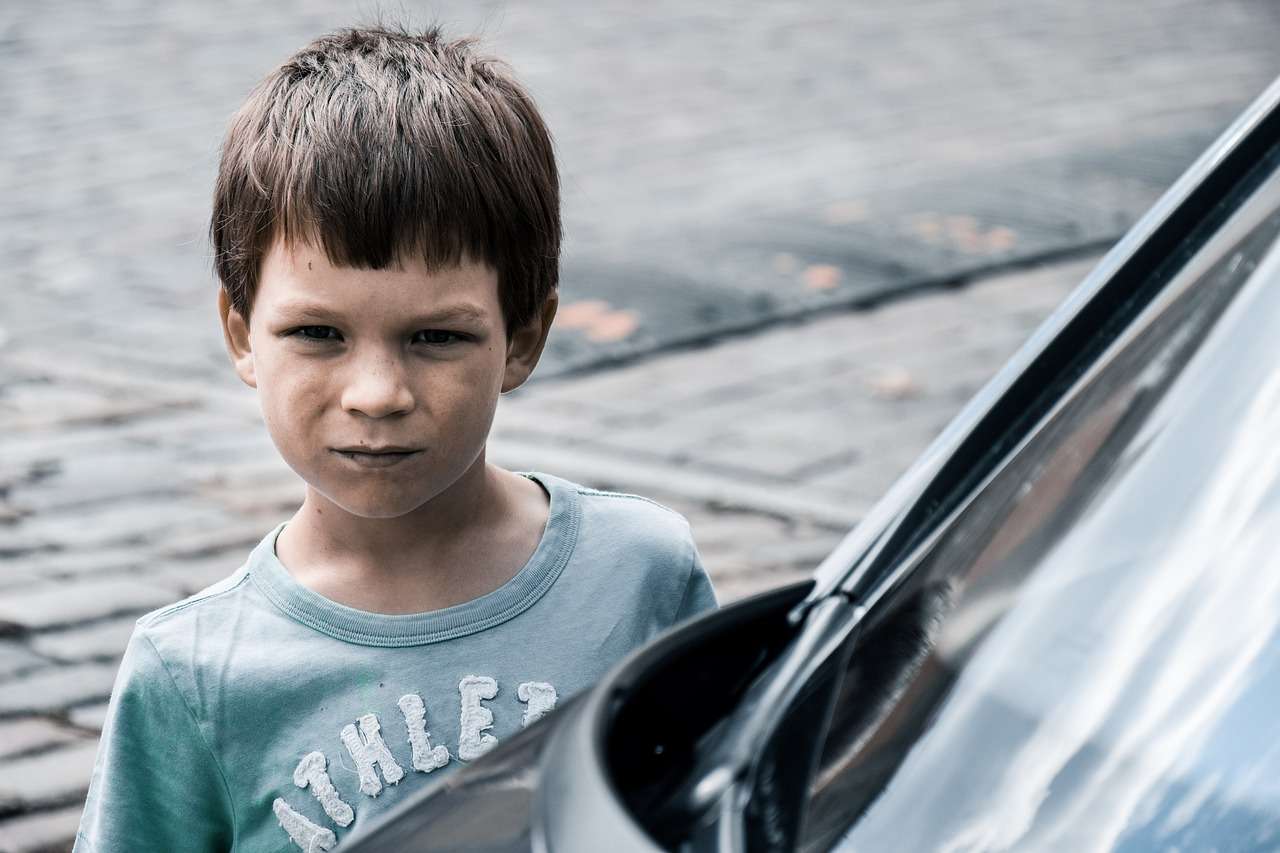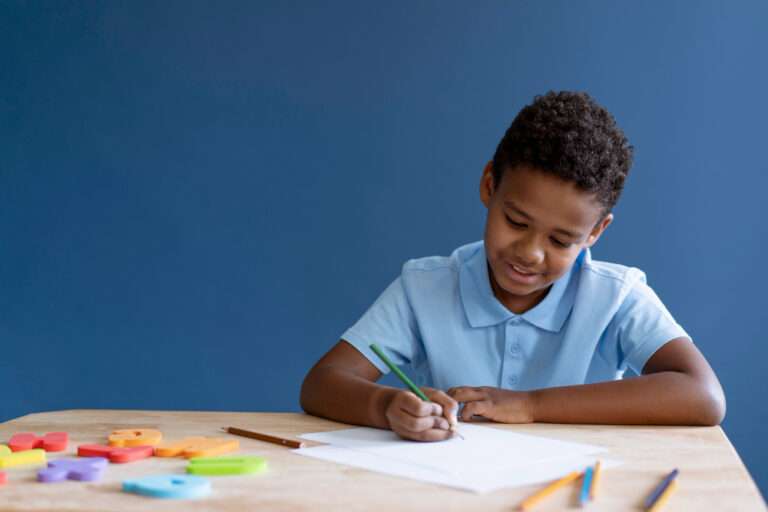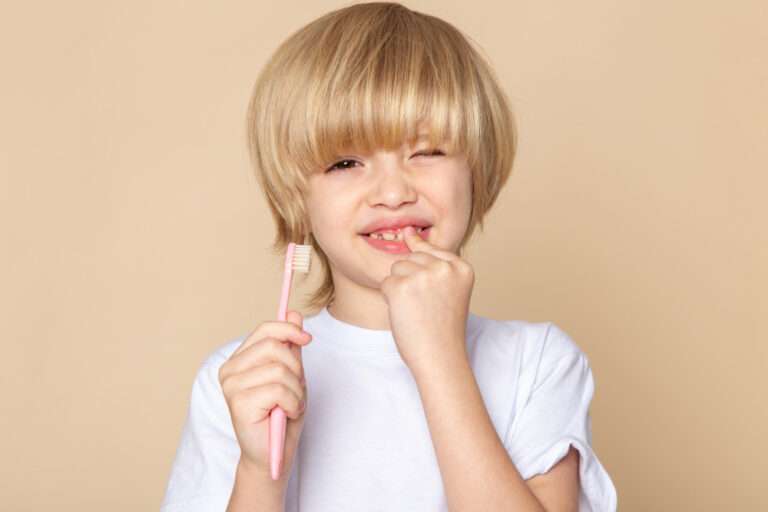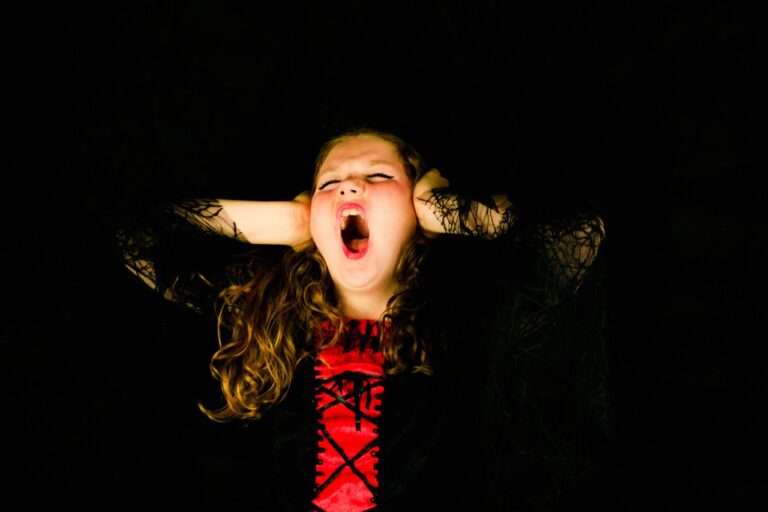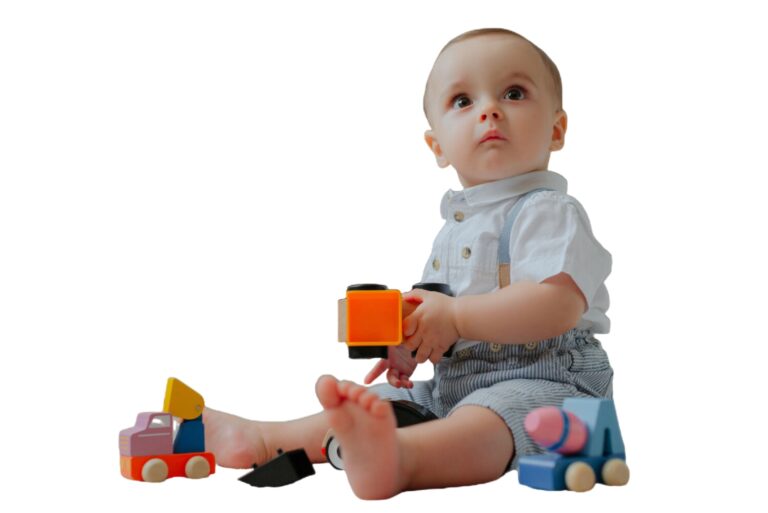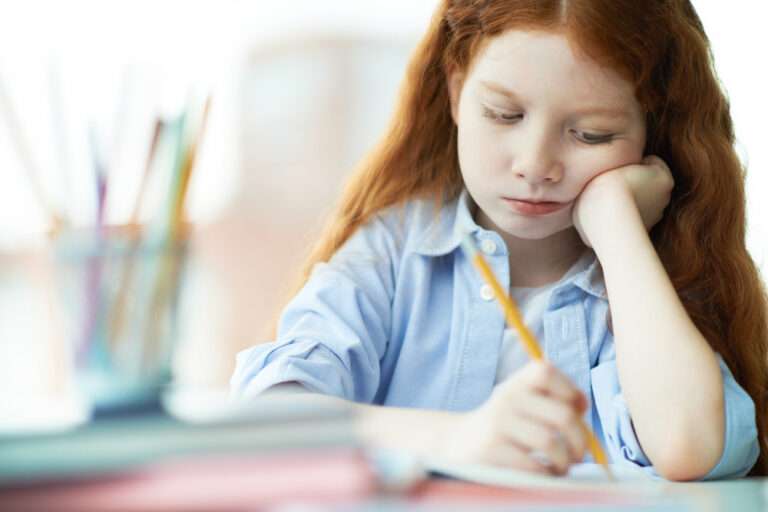Anxiety-Related Behavioral Problems in children
Anxiety-related behavioral problems in children are not uncommon and can manifest in various ways, often impacting their daily life and interactions. Anxiety in children might not always be apparent, as they may struggle to articulate their feelings and fears. Recognizing and addressing these issues early is crucial for their emotional and psychological well-being.
Common Signs of Anxiety in Children
- Excessive Worry: About school, family, or activities.
- Physical Symptoms: Like headaches, stomachaches, or fatigue without a clear medical cause.
- Avoidance Behavior: Avoiding activities, people, or places due to fear or discomfort.
- Sleep Disturbances: Trouble falling or staying asleep, nightmares.
- Clinginess or Separation Anxiety: Excessive distress when away from caregivers.
- Restlessness or Irritability: Difficulty relaxing or being easily upset.
- Concentration Problems: Trouble focusing due to anxious thoughts.
- Social Withdrawal: Avoiding social interactions or activities.
Causes and Risk Factors
- Genetics: A family history of anxiety or other mental health disorders.
- Temperament: Children who are naturally timid or negative in new situations may be more prone to anxiety.
- Environmental Factors: Stressful or traumatic events, family problems, or significant life changes.
- Developmental Stages: Certain anxieties are common in specific developmental stages (e.g., fear of the dark in young children).
Diagnosis and Treatment
- Professional Evaluation: Diagnosis should be made by a mental health professional through clinical interviews and assessments.
- Cognitive Behavioral Therapy (CBT): Effective in helping children manage anxiety by changing negative thought patterns.
- Family Therapy: Can help address family dynamics that contribute to a child’s anxiety.
- Medication: In some cases, especially for severe anxiety, medication may be prescribed under careful medical supervision.
- School-Based Interventions: Support within the school environment can be beneficial.
Managing Anxiety-Related Behavioral Problems
- Validating Feelings: Acknowledge the child’s fears and anxieties as real and valid.
- Teaching Coping Skills: Deep breathing, mindfulness, and other relaxation techniques.
- Building Confidence: Encourage activities that build self-esteem and a sense of accomplishment.
- Consistent Routines: Predictable routines can provide a sense of security.
- Healthy Lifestyle: Balanced diet, regular exercise, and adequate sleep.
- Limiting Exposure to Stressful Situations: While also gently encouraging children to face their fears.
When to Seek Help
- If anxiety interferes with the child’s daily life, school performance, or relationships.
- If physical symptoms are persistent.
- If there is significant distress or behavioral changes.
Prevention and Support
- Encouraging open and supportive communication.
- Modeling positive coping strategies.
- Providing a stable and nurturing environment.
It’s important to remember that every child is different, and what works for one child may not work for another. Professional guidance is often beneficial in understanding and addressing the unique needs of a child experiencing anxiety.
------------From our Sponsors------------

